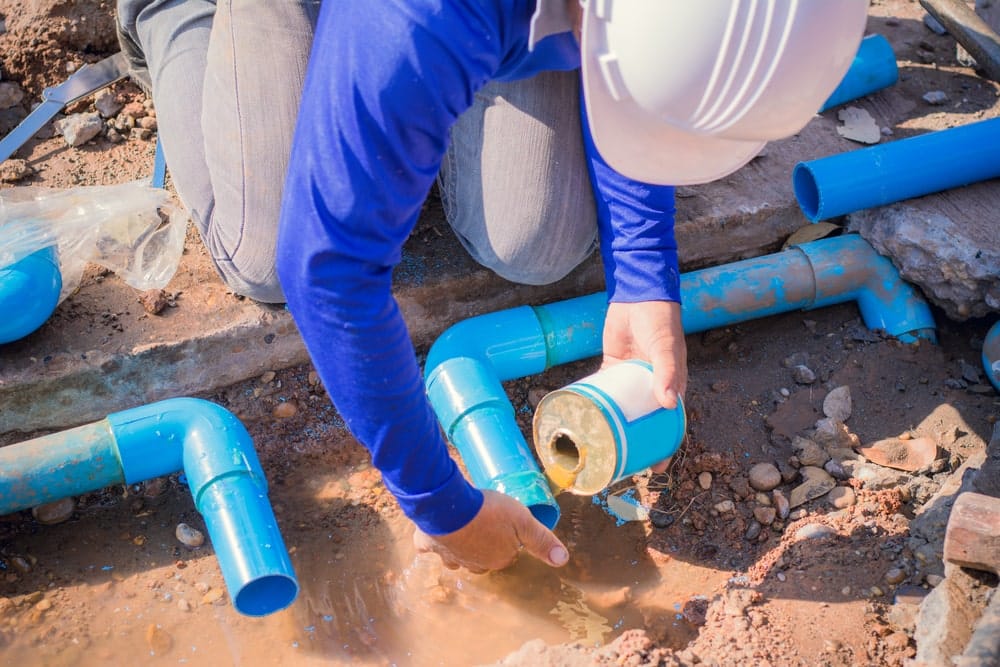Recognizing the Early Signs of Sewer Pipe Problems
If you’re experiencing issues with sewer pipe repair needs, there are certain signs to look for that can indicate it’s time to take action. Sewer pipes are like the veins of a home’s plumbing system, and any blockage or damage can cause serious issues.Knowing how to identify problems early can save both money and stress.
One classic sign of sewer pipe trouble is noticing frequent clogs, not just in one sink but across multiple drains in your home. You may find water draining slower than usual, or worse, sewage backing up in your bathroom.This is more than just an annoyance—it’s a health risk and a likely indication of something happening deeper in your pipes. Another red flag to look for is gurgling sounds from toilets or sinks, as this often signals air trying to escape through clogged areas.
Real-Life Example: When the Problem is Deeper Than You Think
Imagine this: a homeowner notices a foul odor every time they step outside, but they can’t find the source. After months of ignoring the problem, they realize their backyard is unusually soggy, even on dry days.
Turns out, their sewer line had a crack that slowly leaked wastewater underground. By the time they caught it, the repair costs were significantly higher than they would have been if they had addressed it sooner. This example highlights why being aware of unusual odors and dampness around your home can be critical.
For those unfamiliar, a crack in a sewer line allows waste to seep into the surrounding soil, creating damp patches and a persistent stench. These warning signs don’t go away on their own and need immediate professional assessment. sewer pipe repair if you suspect your system may have a hidden issue.
Sewer Pipe Inspection: The Importance of Catching Problems Early
A simple way to ensure the health of your sewer lines is through regular inspections. Modern plumbing companies offer advanced techniques like video inspections to identify problems without digging up your yard. Imagine being able to see exactly where a pipe is cracked or clogged without invasive methods! These inspections provide a clear view inside the pipes, letting plumbers spot hairline cracks, roots, or buildup that could lead to bigger issues.
Regular inspections are an investment that can prevent unexpected repairs down the line. While some homeowners think they’re saving by skipping these checks, the cost of a full pipe replacement can be overwhelming when it hits.
Tackling Tree Root Intrusions
Tree roots are one of the most common culprits behind sewer pipe issues. Roots naturally seek out moisture, and they’re especially attracted to the water and nutrients found in sewer lines. They can find even the smallest crack and infiltrate pipes, growing into massive tangles that cause blockages and breaks.
A neighborhood homeowner once discovered this the hard way. After constant blockages, they finally had a plumber inspect their lines, only to find an intricate web of roots blocking the pipe. It took a significant amount of work to clear the obstruction, and the pipe had to be replaced in areas where the roots had damaged it.
To avoid this, consider how close trees are to your main sewer lines. Roots can travel far, so even if your trees aren’t directly near the pipes, they could still reach them. Consulting a professional can help determine if you’re at risk and offer solutions like root barriers or regular inspections.
Repair Methods: Trenchless vs. Traditional Options
When sewer pipe damage occurs, there are two main repair methods: trenchless and traditional. The traditional approach often involves digging up sections of your yard to access the damaged pipes, which can be disruptive. For many homeowners, however, a trenchless repair, which involves minimal digging, is often preferred.
Trenchless repair works by inserting a new liner into the existing pipe, effectively creating a new, durable interior. This method not only saves landscaping but is also quicker, often completed within a day. It’s ideal for minor repairs or relining existing pipes but may not work for severely broken or collapsed pipes.
First-Hand Experience: Choosing the Right Solution
A homeowner shared their experience of deciding between these repair methods. After facing multiple backups, they opted for trenchless repair, hoping to avoid the costs of re-landscaping. In their case, the liner method worked perfectly, and the repairs were done without tearing up their backyard.
However, another neighbor wasn’t as lucky. Their pipe had multiple cracks and a significant collapse, which required a traditional repair. The repair was thorough but required a more extensive excavation process. The lesson here is that the right repair method depends on the pipe’s condition and severity of the damage.
Preventative Maintenance Tips to Keep Sewer Lines Clear
Maintenance is crucial in avoiding sewer pipe issues. Preventative practices, like being mindful of what you flush and avoid pouring grease down drains, can make a big difference. Some simple habits can keep your pipes functioning optimally for years.
One of the easiest steps is to schedule a regular sewer line cleaning. Plumbers can clear out any minor buildups before they escalate into full-blown clogs. Additionally, installing drain filters can help catch hair and debris, reducing the chance of clogging your pipes.
Final Thoughts on Sewer Pipe Repair
Understanding the basics of sewer pipe repair and knowing the signs to watch for can save you significant time and expense. By recognizing the early signs, like frequent clogs, unusual smells, or damp areas, you’re already ahead of the game.
Take preventive measures seriously, schedule regular inspections, and consult professionals if you notice anything unusual. Proactive maintenance keeps your sewer system healthy and prevents costly, unexpected repairs in the future.



